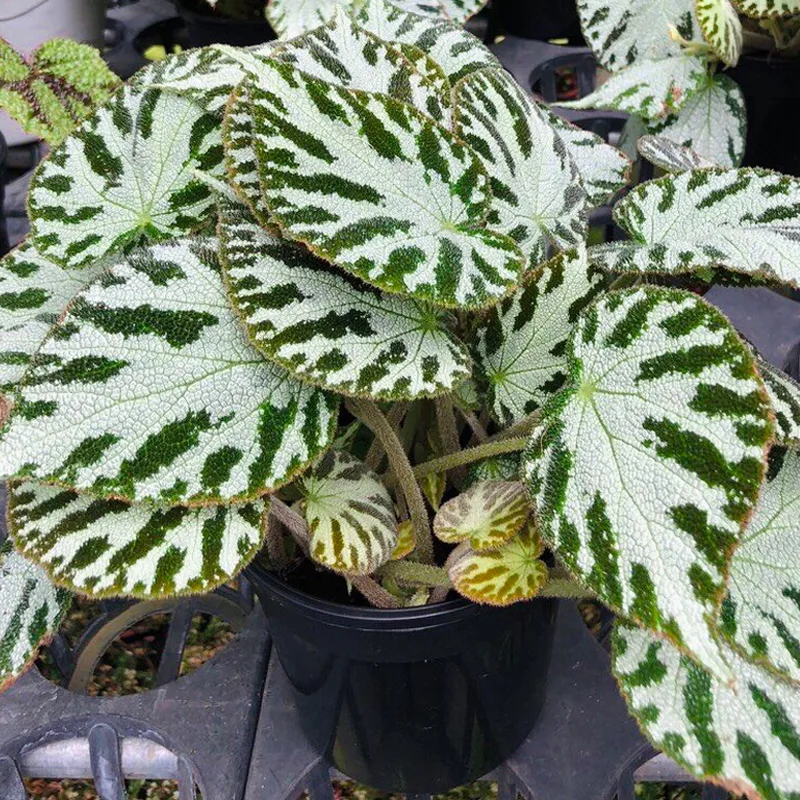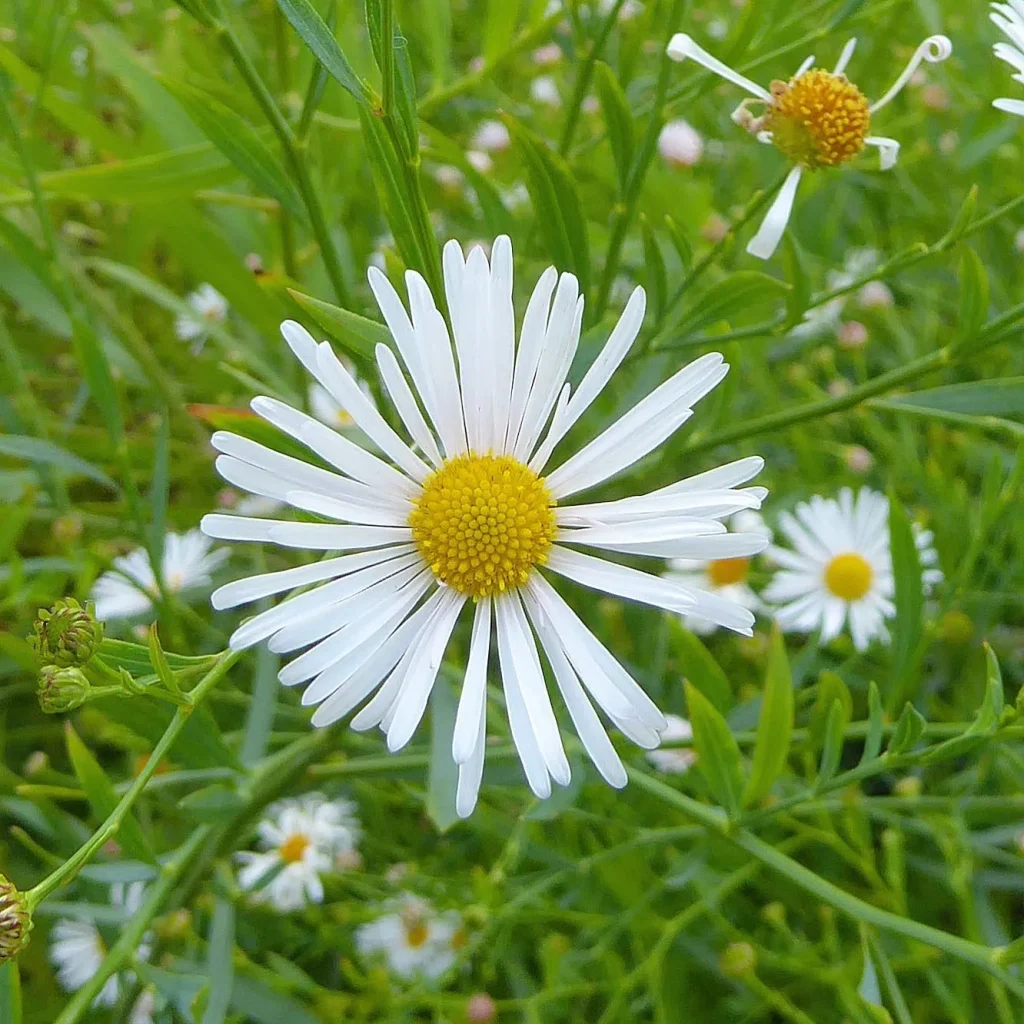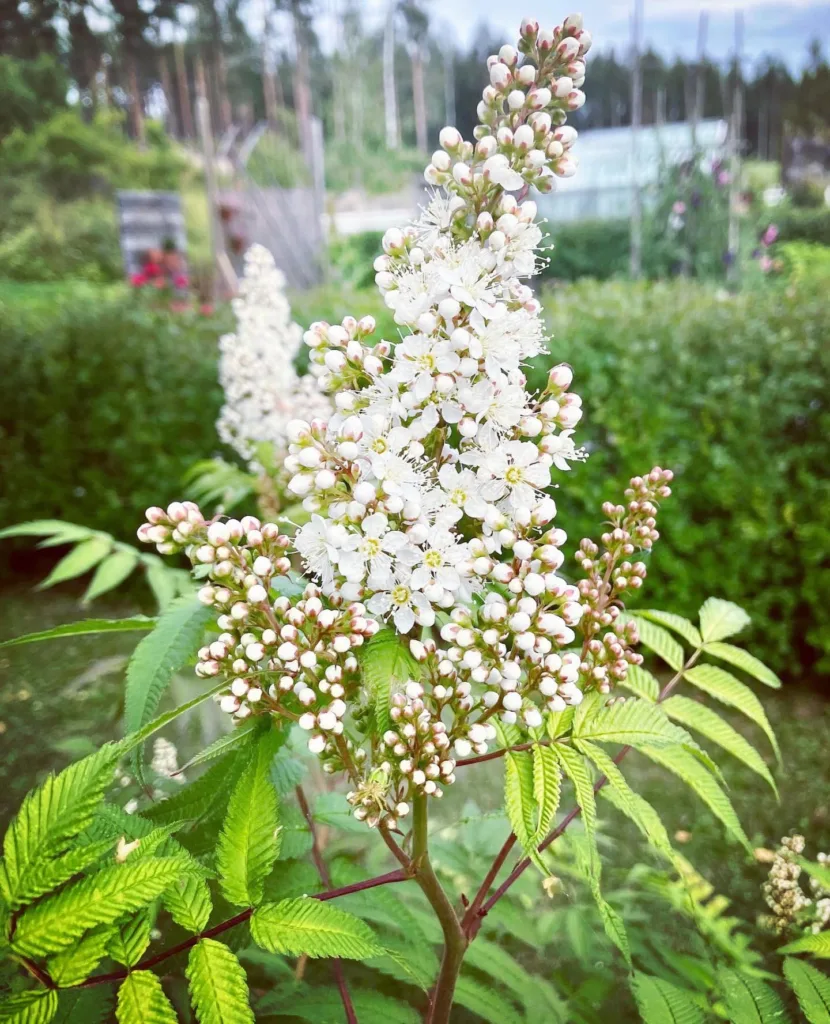Exploring the Unique Anthurium Pseudospectabile
I’ve always been fascinated by rare and exotic plants. Among my favorites is the Anthurium Pseudospectabile, a truly unique specimen that never fails to capture attention. In this article, I’ll share my insights and experiences with this remarkable plant.
1327 Species in Genus Anthurium
What is Anthurium Pseudospectabile?
Anthurium Pseudospectabile is a stunning tropical plant known for its striking foliage and unusual appearance. It belongs to the Araceae family, which includes many other popular ornamental plants. What sets this Anthurium apart is its distinctive spathes and lush, broad leaves. Native to the rainforests of Central and South America, it thrives in humid, shaded environments.
How to Care for Anthurium Pseudospectabile?
Caring for Anthurium Pseudospectabile can be a rewarding challenge. Here are some essential tips to keep it thriving:
- Light: This plant prefers bright, indirect light. Too much direct sunlight can scorch its leaves, while too little light can inhibit growth.
- Watering: Keep the soil consistently moist but not waterlogged. Water when the top inch of soil feels dry, and ensure good drainage to prevent root rot.
- Humidity: Anthurium Pseudospectabile thrives in high humidity. Mist the leaves regularly or use a humidifier to maintain the right environment.
- Temperature: Ideal temperatures range between 65-80°F (18-27°C). Avoid exposing the plant to cold drafts or sudden temperature changes.
- Soil: Use a well-draining, peat-based potting mix with added perlite or orchid bark to mimic its natural habitat.
What is the Cold Hardiness of Anthurium Pseudospectabile?
One of the critical aspects to consider when growing Anthurium Pseudospectabile is its cold hardiness. This tropical plant is not frost-tolerant and should be kept in a warm environment. It can withstand temperatures as low as 50°F (10°C) but will suffer damage if exposed to prolonged cold conditions. If you live in a cooler climate, consider growing it indoors or in a greenhouse where you can control the temperature.
How to Propagate Anthurium Pseudospectabile?
Propagation is a great way to expand your collection or share this beautiful plant with friends. Here’s how to do it:
- Division: The most common method is by division. Carefully remove the plant from its pot and separate the root ball into smaller sections, each with at least one healthy stem and root system.
- Stem Cuttings: You can also propagate using stem cuttings. Cut a healthy stem with a few leaves and nodes, and place it in water or a moist potting mix until roots develop.
What Pests and Diseases Affect Anthurium Pseudospectabile?
Like all plants, Anthurium Pseudospectabile can fall victim to pests and diseases. Common issues include:
- Pests: Watch out for aphids, mealybugs, and spider mites. Regularly inspect the plant and use insecticidal soap or neem oil to treat infestations.
- Diseases: Fungal infections, such as root rot and leaf spot, can occur if the plant is overwatered or kept in overly humid conditions. Ensure proper watering practices and good air circulation to prevent these problems.
What to Plant with Anthurium Pseudospectabile?
Pairing Anthurium Pseudospectabile with the right plants can enhance its beauty and create a stunning display. Consider these companions:
- Ferns: Their delicate fronds complement the bold foliage of the Anthurium.
- Orchids: Both thrive in similar conditions, making them perfect companions.
- Philodendrons: Their varied leaf shapes and sizes add texture and interest to your arrangement.
Final Thoughts
Anthurium Pseudospectabile is a captivating plant that can bring a touch of the exotic to any space. Its care may require some attention to detail, but the reward is a lush, vibrant addition to your plant collection. Whether you’re a seasoned plant enthusiast or a beginner looking to explore tropical flora, this Anthurium is a wonderful choice.
By following these tips and understanding its needs, you can enjoy the beauty and uniqueness of Anthurium Pseudospectabile for years to come.
If i die, water my plants!



